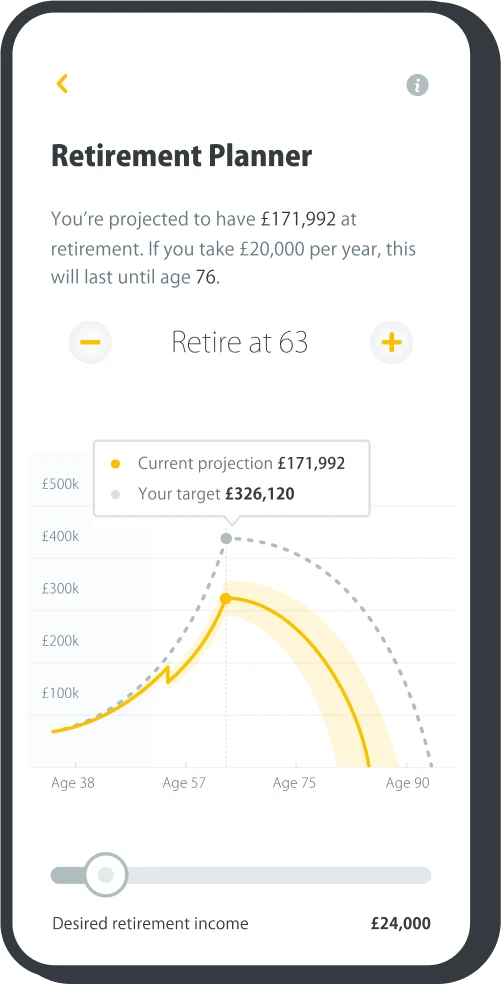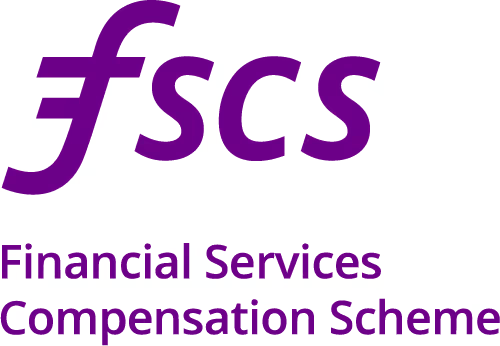Featured articles
What is an ISA?
ISA stands for Individual Savings Account. ISAs come in several varieties, but all are free of both income tax and capital gains tax (CGT). This makes them a tax-efficient way for you to save or invest.
How do ISAs work?
Any UK resident aged 18 or over can open an ISA. If you’re opening a Lifetime ISA (LISA) you must also be under 40. Junior ISAs (JISAs) must be opened by a parent or guardian of a child under the age of 18.
Every UK resident over 18 has an annual ISA allowance. This is the maximum amount you can pay in across all your ISAs each tax year, which runs from 6 April to 5 April. For 2025/26, this is £20,000, or £9,000 if you’re saving on behalf of a child into a JISA. This limit doesn’t carry over from year to year, so it’s on a ‘use it or lose it’ basis.
You can have more than one ISA, provided you don’t pay in more than £4,000 into a LISA and more than £20,000 annual allowance across them all.
Flexible ISAs
Some ISAs are ‘flexible’. This means that you can withdraw your savings without impacting your annual ISA allowance (more on this below).
For example, you pay £20,000 (the maximum amount for 2025/26) into a non-flexible Cash ISA, then withdraw £5,000. Even though your balance is only £15,000, you wouldn’t be able to deposit anymore into your account. This is because your annual allowance would be completely used up by the initial £20,000 deposit.
In a flexible Cash ISA, on the other hand, you’re allowed to replace the amount you withdraw in a tax year. You just need to ensure the repayments go back into the same account within the same tax year as the withdrawal.
Types of ISA
Cash ISA
Cash ISAs provide a rate of interest on any money you save. They’re completely tax-free and generally considered to be low-risk compared to other types of ISA. Their predictability and risk means that they might work well if you have short-term savings goals. Or if you’re approaching retirement, and want to reduce your investment risk.
There are three different types of Cash ISA:
- Easy-access Cash ISA - this ISA is the most flexible, allowing you to withdraw your cash at any time without penalty. The downside is that the interest rate is variable and will usually be lower than a fixed-rate ISA.
- Fixed-rate Cash ISA - this ISA provides you with a guaranteed interest rate for a set length of time. They tend to offer the best rates, but your savings are locked away until the end of the period you signed up for. If you want to withdraw earlier than this, you may have to pay a penalty.
- Notice Cash ISA - this ISA offers something in the middle. They tend to offer better interest rates than easy-access Cash ISAs, but not quite as good as a fixed-rate.
Both fixed-rate and notice Cash ISAs might charge a fee if you decide to withdraw or transfer your money before your term is complete. If you think you might need your savings within this term, an easy-access ISA might be more suitable.
Stocks and Shares ISA
A Stocks and Shares ISA invests in various assets that have the potential to grow in value. Like other ISAs, the money you invest is free from UK income tax and CGT.
You choose assets, or groups of assets known as funds, based on your financial goals and tolerance of risk. Depending on what you’ve invested in, there are up to three ways in which they can increase or decrease in value. Shares might pay out a dividend, bonds may earn interest and both can appreciate - and depreciate - in value over time. Over the long term, an investment can also benefit from the effect of compounding both the dividends and the interest it earns.
This gives Stocks and Shares ISAs the potential to grow faster than a Cash ISA or regular savings account, where rates of return are fixed in advance. But investing always carries a degree of risk. Investments can also drop in value, which can make them less suited to short-term saving.
Lifetime ISA (LISA)
LISAs can be opened by anyone aged between 18 and 39 and are intended to help you save for your first home, or for later life. They differ from other ISAs because the government adds a 25% bonus to your deposits. Because you can save up to £4,000 a year into a LISA, the maximum bonus you can earn is £1,000. There are also strict withdrawal rules to bear in mind to avoid paying a 25% penalty fee.
These include:
- your account must be at least 12 months old before you withdraw funds for your first home;
- it must be a home you plan to live in, with a value of less than £450,000; and
- if you turn 50 and you haven’t bought a house, your account will remain open and earn interest, but you’ll no longer be able to make deposits. You then need to wait until you’re 60 before you can make withdrawals.
Be pension confident.
Combine your old pension pots into one new online plan. It takes just a few minutes to sign up.
Get startedInnovative Finance ISA (IFISA)
An IFISA invests your money in peer-to-peer (P2P) loans, rather than cash or equity. Like other ISAs, any growth is completely tax-free and any money paid in will form part of your ISA allowancesses or individuals. Over time borrowers pay back the loan along with added interest on top. This interest forms the rate of return you get on your investment.
While IFISAs might offer higher target returns than a Cash ISA, the risk is also much higher. Your money isn’t covered by the Financial Services Compensation Scheme (FSCS). This means if the borrower defaults or your IFISA provider goes bust, you’ll lose your investment. Accounts may also have restrictions on how long you have to wait before you can withdraw your money, as well as penalties for early withdrawal.
Junior ISA (JISA)
A JISA allows parents or guardians to save money for their child in a tax-efficient way.
To open an account, the child must be under the age of 18 and living in the UK. You can then pay in as much as you like up to your annual allowance. For the tax year 2025/26 this is £9,000. All the money you pay in, however, belongs to the child. Control of the account passes to the child when they turn 16, allowing them to add money if they wish. Withdrawals can only be made by the child once they turn 18.
There are two types of JISAs, both free of tax on any growth:
- a cash JISA is a savings account that provides a set rate of interest; and
- a stocks and shares JISA invests in a variety of assets, or groups of assets known as funds. They have the potential to offer a higher rate of return than a cash JISA. But, like any investment, there’s a risk that the value of your investments could go down, as well as up.
Choosing the Right ISA
The best ISA for you depends on your financial goals. Specifically how long you’re saving for and how much risk you’re comfortable with.
Short-term savings (less than five years)
If you think you’ll need access to your money, a Cash ISA is considered to be a safer option than other ISA types. Returns are generally lower than other ISAs, but there’s no risk of losing it during potential downturns. Plus, if you choose an easy-access account, you can withdraw your money at any time without penalty.
Long-term savings (five years or more)
Longer-term savers might consider a Stocks and Shares ISA or an IFISA. They both offer the potential for higher returns but involve more risk. By investing over a longer period, saving into a Stocks and Shares ISA usually gives you time to ride out any market volatility while taking advantage of possible gains. IFISAs tend to offer better rates for those who loan their money out for longer periods.
Just remember they both still carry a risk, and you may get back less than you put in. This makes them better suited to long-term savers.
Pensions vs. ISAs
Both pensions and LISAs can help you build a diversified retirement plan. If your aim is to only save for later life, rather than buying a house, then a pension might offer benefits:
- like LISAs, pension contributions also receive a government bonus. Most basic rate taxpayers usually get a 25% tax top up. Higher and additional rate taxpayers can claim a further 25% and 31% respectively through their Self-Assessment tax returns;
- pensions have a higher contribution limit. Whereas LISAs limit you to a maximum of £4,000 per year, the tax-free annual limit for pension contributions in 2025/26 is 100% of your salary or £60,000 (whichever is lower); and
- pensions provide the option to withdraw when you turn 55 (rising to 57 from 2028).
Ultimately many find that a combination of ISAs works best. This helps spread risk and ensures you’re saving efficiently for both short-term and long-term goals. And if you’re still unsure, consider seeking independent financial advice from a regulated Independent Financial Adviser (IFA).
If you’d like to hear more about pensions vs. ISAs, listen to episode 17 of The Pension Confident Podcast. You can also read the transcript or watch the episode on YouTube.
Risk warning
As always with investments, your capital is at risk. The value of your investment can go down as well as up, and you may get back less than you invest. This information should not be regarded as financial advice.
Last edited: 06-04-2025







